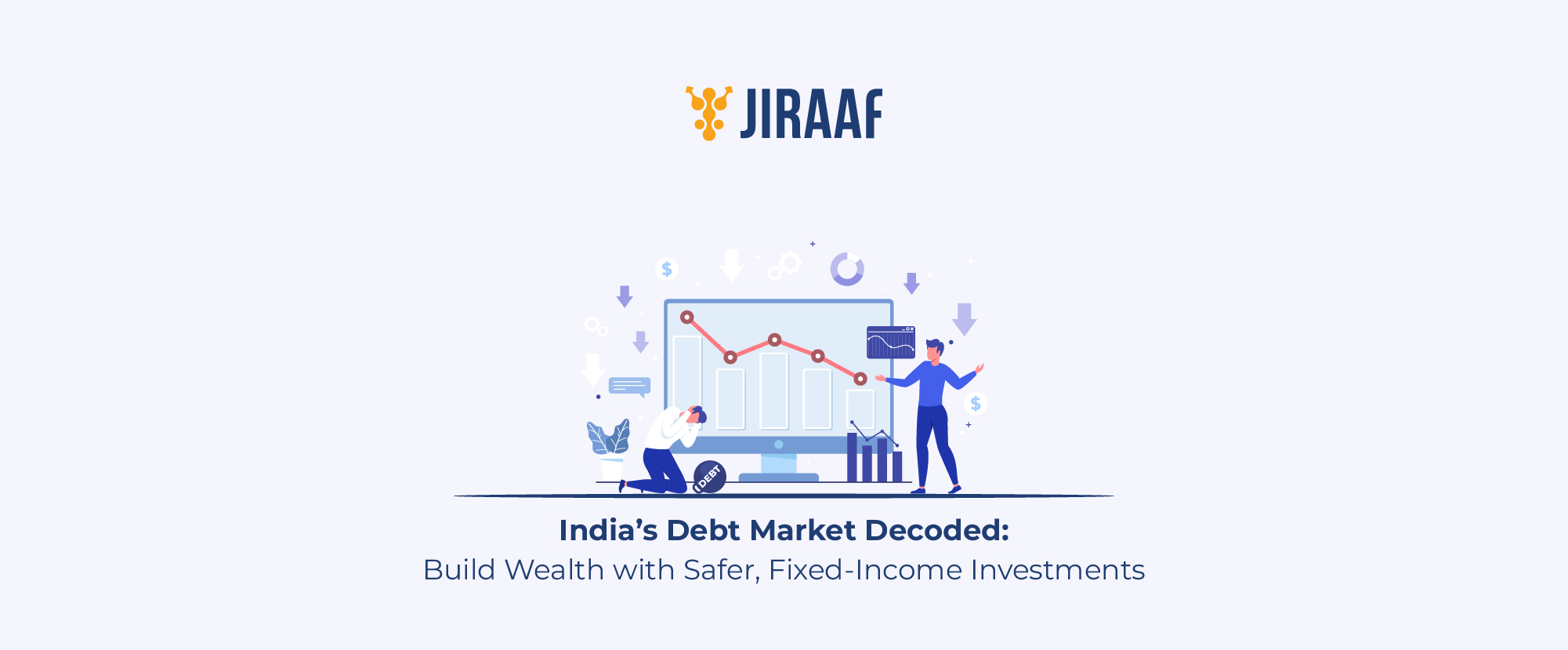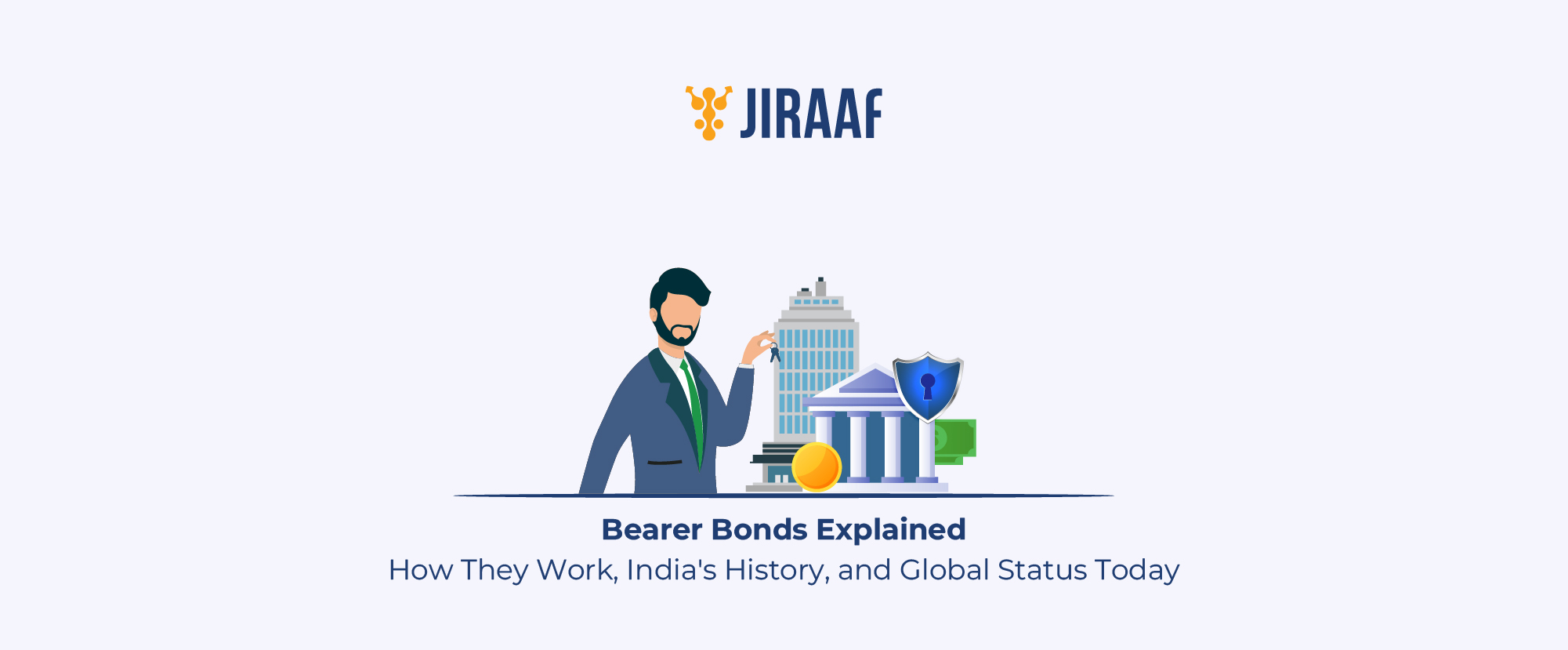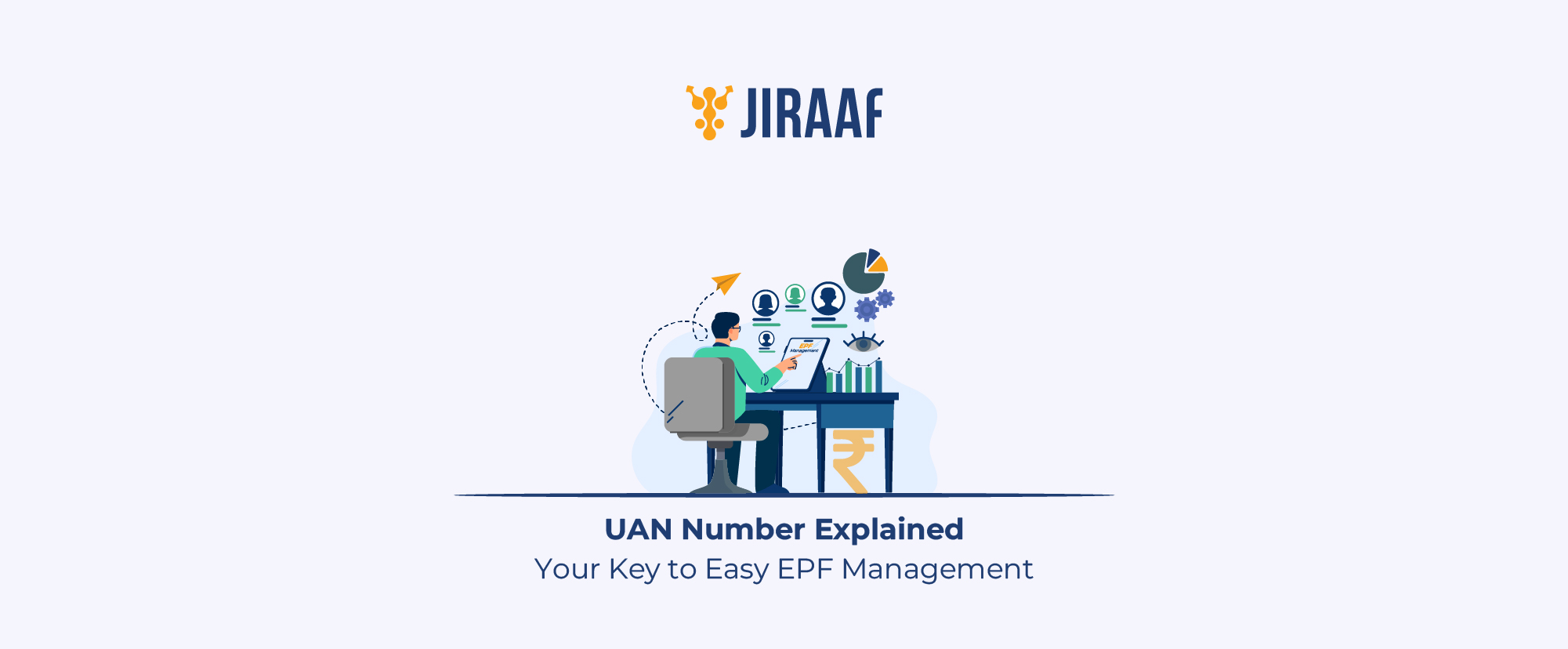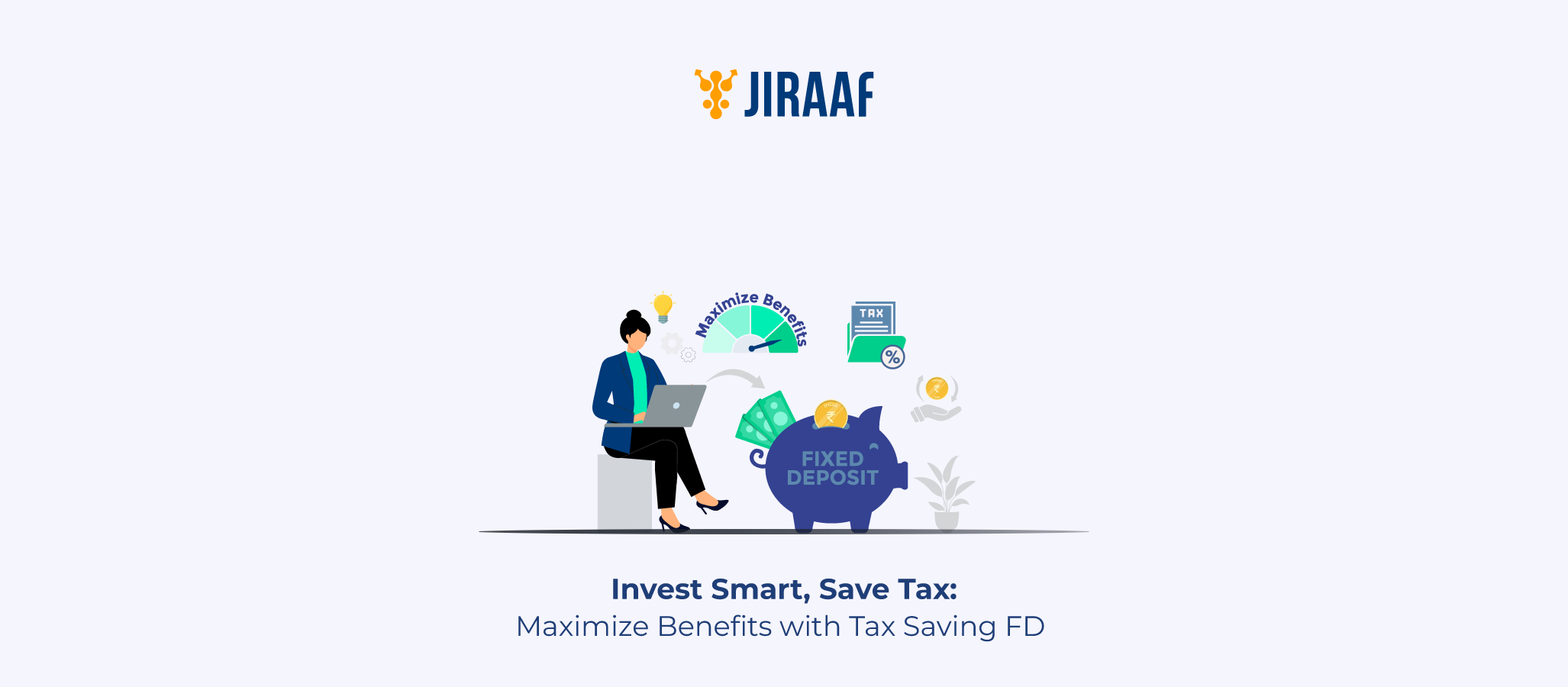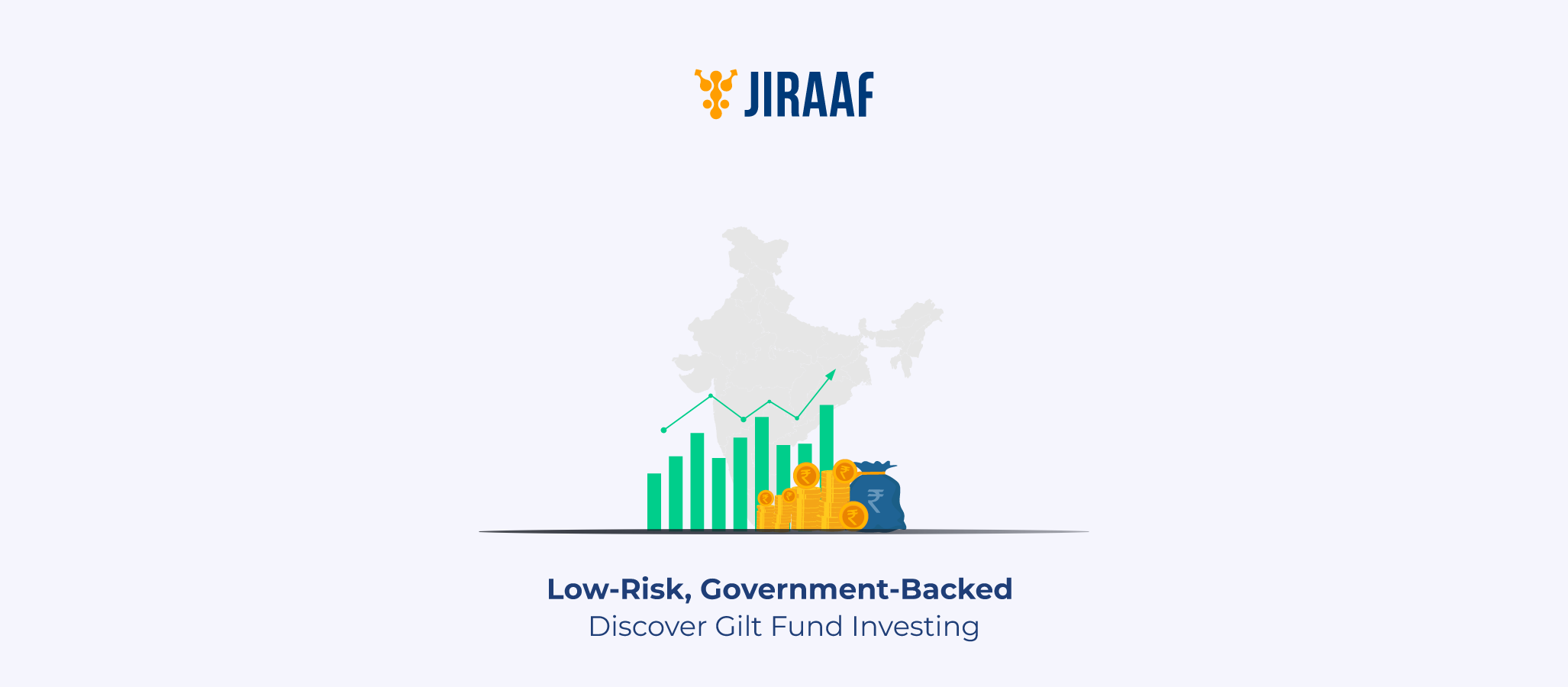Angel investors, VC funding and IPOs are the first thing that come to our mind when we think of organizations raising money for expansion and growth. But all these funding sources requires equity dilution. Did you know that organisations can raise capital without issuing shares and diluting equity? This is called the debt market.
The Debt market, also known as bond market, allows the government and companies raise capital by issuing fixed-income securities.
In the last decade, the Indian debt market has tripled in size and is currently valued over 60% of the nation’s whole GDP. As of December 2024, the combined debt market of India is worth approximately Rs.226.3 trillion.
A healthy and thriving debt market is a must for a nation’s growth, as it enables corporates to raise capital and, in turn, provides a stable investment opportunity for investors. The Indian Inc. is currently well-positioned to raise debt owing to their stable balance sheet, and the Indian investors are looking for stable returns because of the equity volatility of the past year.
Understanding the debt market mechanism and how it can help investors achieve their financial goals has become crucial today. This blog aims to discuss what a debt market is, how it works, and the various types of debt available in the market today for retail and institutional investors. Let’s get started.
Debt Market Meaning and Definition
The debt market definition refers to a financial marketplace where debt instruments like bonds, debentures and treasury bills are issued, bought and sold between investors and borrowers.
It acts as a crucial link between organisations that need capital to drive their operations and investors who demand safe and stable returns. The debt market operates on the principle of lending and borrowing. Here, governments and companies borrow money from investors by issuing debt securities in exchange for regular interest payments and the promise of returning the principal amount at maturity. The amount raised by the governments and companies are then used to fund their operations like expansion, infrastructure development, working capital or refinancing existing debt.
The debt market also serves as a crucial economic indicator by reflecting investor confidence, interest rate trends and overall financial stability of a nation. When the debt markets function smoothly, they indicate healthy economic conditions as various sectors of the economy are receiving essential liquidity.
The primary difference between debt and equity markets lies in returns and risks. Equity investments provide varying returns based on a company’s performance and market conditions, whereas debt instruments provide fixed and stable returns. Now that you have an idea about the debt market, let’s break down what a debt instrument means in detail.
What Is a Debt Instrument?
A debt instrument is a financial contract where 2 parties agree to lend and borrow money for a specified period and at a fixed interest rate.
Some of the features of debt instruments include priority in repayment, predictable cash flows, and non-volatile when compared to the equity markets. Many of these instruments also carry credit ratings that help investors in assessing the risk associated with the securities issuer.
For example, consider a corporate bond worth ₹1,000 offering a 7% annual return. An investor purchasing this bond would receive ₹70 as interest each year for the bond’s tenure, and upon maturity, the principal amount of ₹1,000 would be returned.
Types of Debt Markets in India
India’s debt market comprises of 2 broader types – Primary and Secondary debt markets. Debt securities such as corporate bonds, treasury bills, government securities (G-Secs), and other money market instruments are issued in the primary market and traded in the secondary market.
The government securities segment which includes the G-Secs and State Development Loans, forms the largest portion of the Indian debt market at Rs.165 trillion. Corporate bonds, valued at Rs.52 trillion, are the 2nd largest segment.
Primary and Secondary Debt Markets
The primary debt market is the place where new debt securities are issued for the very first time. It allows issuers to raise fresh debt capital directly from investors. Governments and corporations sell their newly created bonds, debentures or other debt instruments in the primary debt market.
Primary market transactions involve a direct capital flow from investors to the issuers. The pricing here is primarily determined through auctions, book-building processes, or private placements.
On the other hand, the secondary debt market is a place where debt securities are traded (just like stocks) amongst investors. This market provides liquidity to the debt securities and enables real-time price discovery after the initial issuances. It allows investors to buy and sell previously held bonds and other debt instruments continuously during the market hours.
Trading volumes in India’s secondary debt market averaged from Rs. 2,438 crores in FY2014 to Rs. 5,722 crores daily in FY2024.
Now that we have discussed the primary and the secondary markets, the next question to follow would be, how does the debt market operate, and how can retail investors participate in the debt market? Let’s unpack the workings of the debt market.
How Does the Debt Market Work?
The debt market operates through a complex ecosystem involving multiple participants, intermediaries, and regulatory frameworks. The basic mechanism involves issuers approaching the market to raise funds, with investors providing the capital in exchange for fixed returns.
The market functions through several key processes
- Issuers assess their capital requirements and approach the market through various channels, including direct issuance, private placements, or public
offerings.
- Credit rating agencies evaluate the creditworthiness of issuers, assigning ratings that help investors assess risk levels.
- Market makers and dealers facilitate trading by providing liquidity and maintaining the bid-ask spreads.
The debt market provides safety to investors through several mechanisms
- Senior claim priority over equity holders during liquidation, collateral backing in case of secured instruments, credit ratings that enable risk assessment, and regulatory oversight that ensures fair practices and investor protection.
- These factors collectively make debt investments significantly safer compared to equity investments, though they typically offer lower potential returns.
Role of RBI and SEBI
The Reserve Bank of India (RBI) and the Securities and Exchange Board of India (SEBI) play instrumental roles in developing and regulating India’s debt market, implementing numerous reforms that have significantly enhanced market structure, transparency, and investor protection.
The RBI primarily regulates the government securities market, money markets, and instruments issued by banks and financial institutions. In addition to regulation, RBI also works towards increasing depth and promoting participation in the Indian debt market. For example, the RBI has enhanced market microstructure by introducing electronic trading platforms and improving settlement systems.
Recent RBI initiatives include the introduction of the Fully Accessible Route (FAR) for certain government securities, allowing unlimited foreign investment, and the implementation of the Retail Direct Gilt (RDG) platform in 2021, enabling retail investors to directly invest in government securities.
SEBI oversees the corporate bond market and has implemented several groundbreaking reforms. In January 2023, SEBI reduced the minimum face value for privately placed corporate bonds from ₹10 lakh to ₹1 lakh, and further lowered it to ₹10,000 in May 2024, significantly enhancing retail investor access.
Furthermore, SEBI’s Online Bond Platform Providers (OBPP) framework has added structure and credibility to online bond investing since 2022.
Jiraaf, a SEBI-registered OBPP platform, works in the fixed-income investing space in India, facilitating online debt investments for Indian retail investors. It curates bond opportunities through rigorous credit assessments before listing company bonds on its platform. These curated opportunities are clearly listed with coupon rate, yield, and credit ratings. Jiraaf gives investors the opportunity to weigh in the risk and returns associated with each opportunity.
Debt Market in India: Size and Growth
India’s debt market has experienced remarkable growth over the past decade, transforming from a ₹68 trillion market in 2014 to a massive ₹226 trillion i.e. USD 2.66 trillion by 2024. This threefold increase makes India’s debt market one of the fastest growing in the world and positioning it to become the second largest globally by 2028.
The size of Indian debt market as of 2024:
- Government Securities (G-Secs) – ₹106 trillion
- State Development Loans (SDLs) – ₹59 trillion
- Corporate Bonds – ₹52 trillion
- Other debt instruments – ₹9 trillion.
The corporate bond segment has shown particularly impressive growth, expanding from ₹16 trillion in 2014 to ₹52 trillion in 2024.
The growing trust in debt markets among investors comes from improved credit rating processes, better regulatory oversight, enhanced transparency in issuance, and the development of online bond platforms that have democratized access for retail investors.
Another key debt market growth is the new Insolvency and Bankruptcy Code (IBC), which has strengthened creditor rights and improved recovery prospects, boosting investor confidence and credit flows into the corporate bond market.
While IBC boosted the growth of the Indian debt market, the rise of OBPP platforms helped increase retail participation, taking the debt market growth to Indian households.
Debt investments have always come across as lucrative choice due to their stability and predetermined fixed interest repayments. While G-secs may not beat inflation, corporate bonds do beat inflation. However, unlike volatile assets such as equity or gold, debt instruments do not experience extra ordinary growth in a particular period.
While debt investments are a great addition to any investment portfolio, it is crucial to weigh all the pros and cons before investing in the debt market to make an informed investment decision.
Pros and Cons of Investing in Debt
Here is how the pros and cons of fixed investment stack up:
Pros:
- Stable Returns: Debt instruments provide predictable and regular income through fixed interest payments, making them ideal for investors seeking steady cash flows and financial planning certainty.
- Lower Risk: Debt securities typically carry lower risk compared to equity investments due to senior claim priority during liquidation and collateral backing in case of secured instruments. As bondholders are considered as debtors to the company, their claim comes first when compared to equity shareholders at the time of liquidation of a company.
- Portfolio Diversification: Including debt instruments in investment portfolios helps reduce overall volatility and provides balance against equity market fluctuations.
Cons:
- Limited Growth Potential: Debt instruments offer fixed returns that may keep pace with inflation or equity markets but has limited long-term potential due to their nature.
- Interest Rate Risk: Rising interest rates can negatively impact the value of existing debt securities, particularly affecting long-term bonds more severely.
- Credit Risk: There’s always a possibility of issuer default, which could result in partial or complete loss of invested capital, especially in lower-rated instruments.
Conclusion: A Pillar of India’s Financial System
India’s debt market stands as a fundamental pillar of the nation’s financial ecosystem, offering both individual and institutional investors access to stable, regulated investment opportunities that contribute to overall economic growth. Understanding debt market fundamentals provides a pathway to building diversified portfolios that balance growth potential with risk management.
As India progresses toward its goal of becoming a developed economy by 2047, the debt market will continue serving as a critical mechanism for financing infrastructure, supporting corporate growth, and providing citizens with reliable investment options that contribute to long-term wealth creation and financial security.
